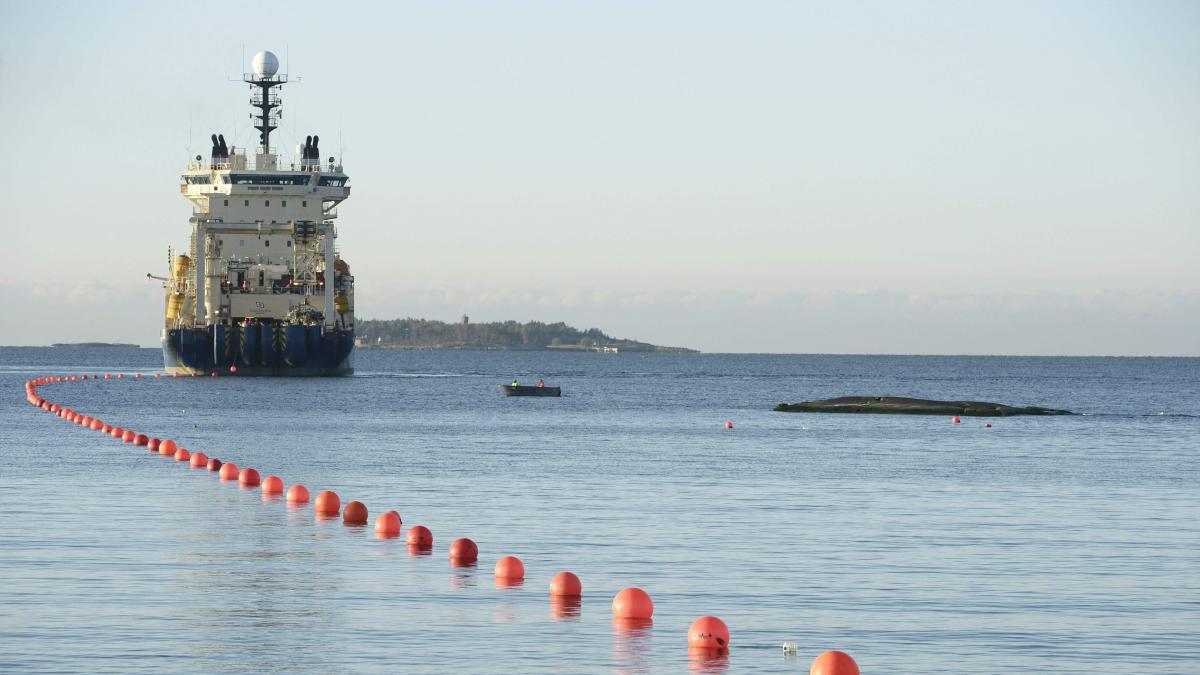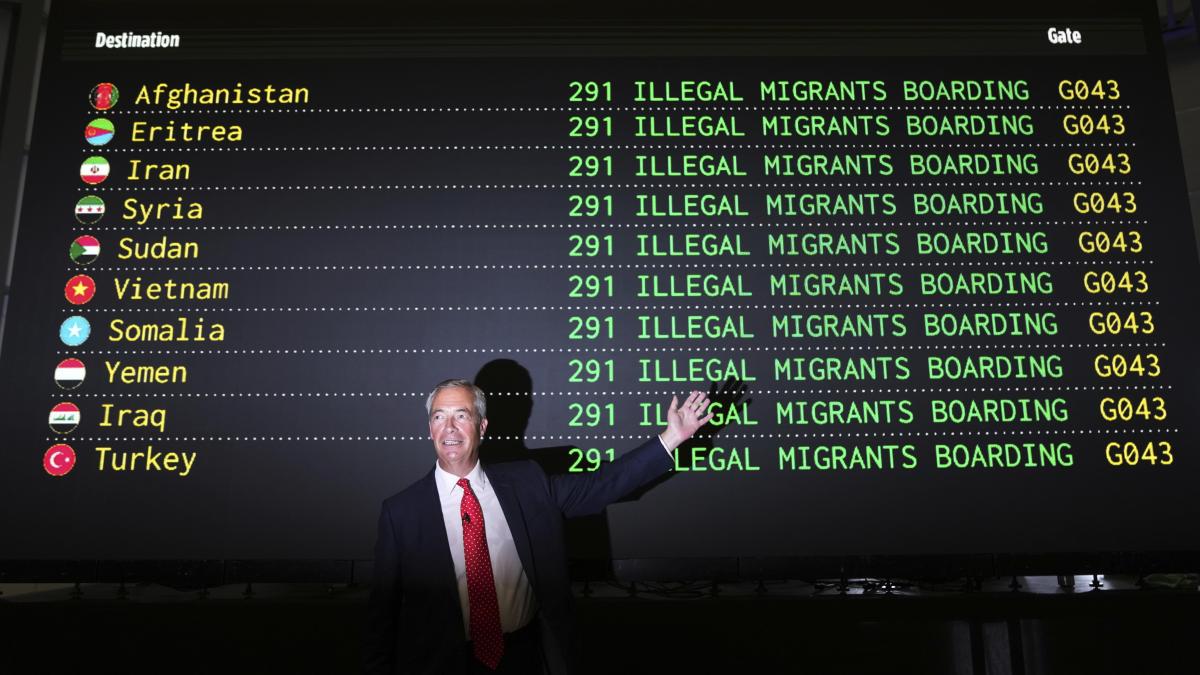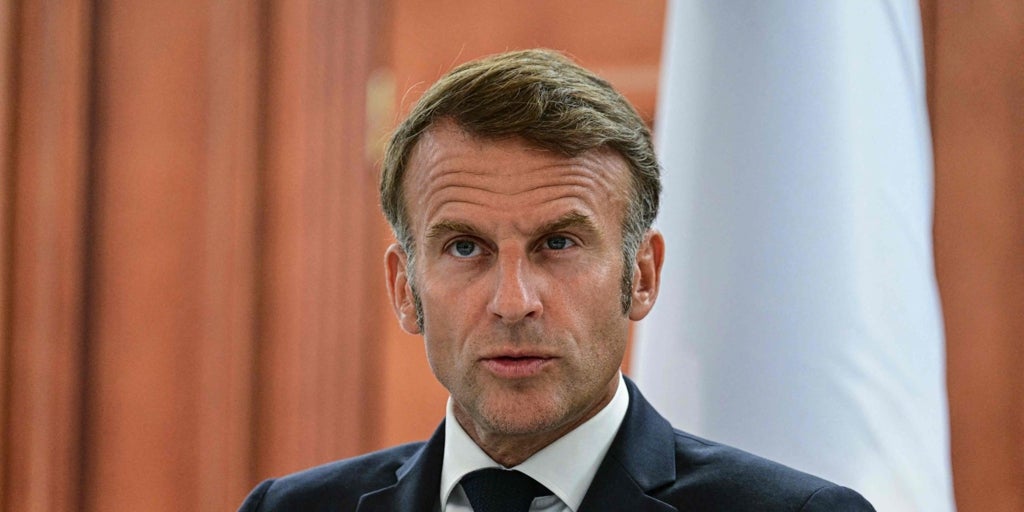Crisis in the Baltic: The Underwater Cable Catastrophe Raises Alarms in Germany and Finland
An underwater telecommunications cable connecting Finland and Germany through the Baltic Sea stopped working in the early hours of this Monday, probably after being cut “by an external force,” according to the cybersecurity and telecommunications networks company Cinia, which is controlled by the Finnish State. This 1,172 kilometer fiber optic cable, known as C-Lion1, has linked the Finnish capital, Helsinki, with the German port of Rostock since 2016.
The incident is under investigation, and while accidental causes have not been ruled out, this sudden break has intensified concerns among the governments of both nations. In an unprecedented joint statement, Foreign Ministers Annalena Baerbock of Germany and Elina Valtonen of Finland voiced their “deeply concerned” sentiment regarding the cable break and its implications on European security. The ministers declared, “Our European security is threatened not only by Russia’s war of aggression against Ukraine but also by hybrid attacks executed by malevolent actors.” Such incidents immediately evoke suspicions of intentional harm.
Underwater Infrastructure Vulnerabilities
The severance of this telecommunications lifeline not only signals potential geopolitical strife but also draws attention to the vulnerabilities inherent in our global communications infrastructure. Since the proliferation of submarine cables, they have become the backbone of international communication, underpinning approximately 99% of global internet traffic and financial transactions. In the EU, around 87% of citizens rely on these connections, making incidents like this a matter of national security.
The Broader Context of Baltic Security
The C-Lion1 incident occurred near the southern tip of the Swedish island of Öland and is worrying, especially given the context of several other recent incidents in the Baltic region. Just a day prior, another undersea data cable linking Lithuania to Sweden was also damaged under mysterious circumstances. According to Telia Lietuva AB, the largest communication provider in Lithuania, this cable was severed less than 10 meters from the Finnish cable, triggering alarms throughout the Baltic.
The implications of these cable failures bear significant weight, especially against a backdrop of previous infrastructure assaults, including the notorious Nord Stream sabotage in September 2022, which escalated accusations against various state actors in the region.
Cause for Alarm: A Pattern Emerging?
Since the beginning of 2023, the Baltic region has witnessed a concerning trend of infrastructure failures. The C-Lion1 and Lithuanian cable incidents follow closely on the heels of the October damage to the Balticconnector gas pipeline and another telecommunications cable between Finland and Estonia. Early investigations suggest those incidents may have resulted from accidental anchor strikes by vessels, notably the Chinese merchant ship New Polar Bear. Nevertheless, as experts emphasize the growing risks of hybrid warfare, these damaging patterns cannot be merely dismissed as coincidences.
The Stakes Are High: Data Integrity and National Security
As Ari-Jussi Knaapila, CEO of Cinia, noted during a recent press conference in Helsinki, the full scope of the damage remains unclear pending a physical inspection. Current assessments, however, suggest that the cable was entirely severed. The repair timeframe has been estimated at between five to fifteen days. The state of the infrastructure thus not only opens avenues for potential surveillance but also poses risks for reliable data flows between critical allies.
In a digitally connected world, where communication underpins both economic stability and security, the implications of these incidents reach far beyond technical repair. Will this mark a turning point for how nations in the Baltic Sea manage and safeguard their critical infrastructure? Only time will tell.
The Struggle for Security in the Digital Age
These recent occurrences significantly illustrate that geopolitical tensions often have technological ramifications. Nations reliant on underwater cables are on high alert, attempting to secure their digital borders against external threats. The increasing interdependency on these data highways reveals the thin line between connectivity and vulnerability. The necessity for vigilant monitoring and protection of such infrastructure is clearer than ever.















